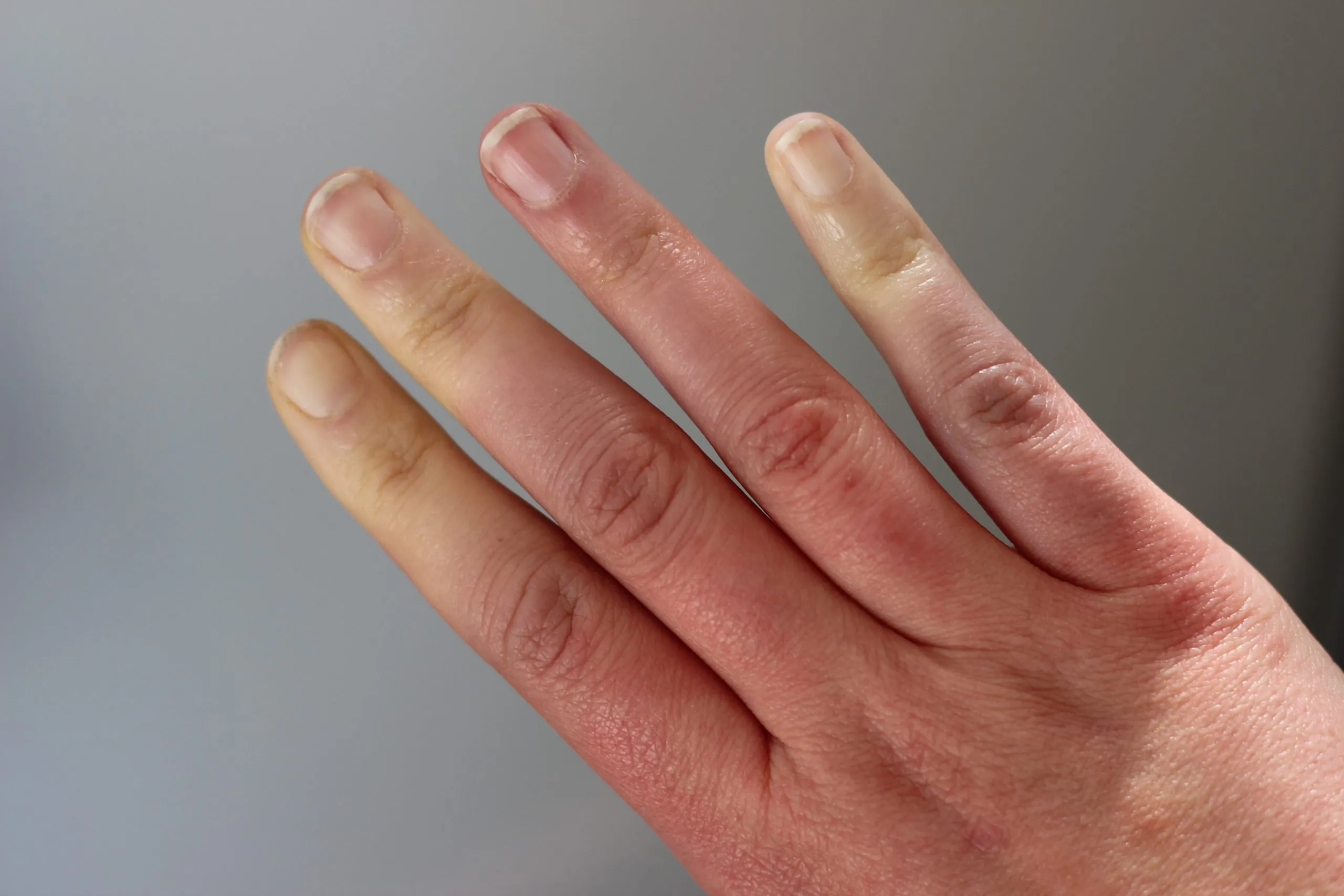Raynaud’s disease is an arterial illness that affects the feet and hands’ tiny arteries.
When the body gets chilly, this two-stage condition causes blood vessels to constrict more aggressively, resulting in numbness in the extremities.
Raynaud’s syndrome isn’t usually excruciatingly unpleasant.
It can, however, lead to severe repercussions if not handled effectively.
The disease is divided into two stages: the primary stage and the secondary stage.
Read on to learn more about the causes of Raynaud’s disease and the treatment options for its patients.
Raynaud’s disease symptoms
There are two stages to this circulatory problem.
Visual signs are evident in the primary stage, but bodily symptoms are not visible.
However, Raynaud’s disease will become Raynaud’s syndrome in the secondary stage, and physical symptoms will occur. As a result, the signs are easier to spot.
The primary stage of Raynaud’s syndrome affects the majority of persons who have this vascular condition.
The symptoms for both of these stages are nonetheless very similar.
The primary stage manifests through:
- Numbness and chilliness of the feet;
- A bluish tint to the affected areas;
- Temporarily, isolated whitish spots appear;
- The application of heat to the feet restores the normal hue.
The secondary stage is defined by the addition of the following:
- Sensitiveness in the extremities;
- A burning sensation and stinging in the fingers and toes;
- The formation of red and painful spots;
- Frostbite.
A crisis episode can last anywhere from a few minutes to several hours, depending on the level of care provided.
The skin on the feet and hands might contract and become prone to toe ulcers and even gangrene if Raynaud’s syndrome is not adequately managed.
It is advisable to contact a doctor or podiatrist as soon as symptoms are noticed if you wish to avoid this type of condition.
Causes and people at risk
Raynaud’s disease is more common in the primary stage than in the secondary stage.
Some people, though, are more susceptible than others.
For instance:
- Women between the ages of 15 and 40;
- People who are more susceptible to stress;
- People who have one or more relatives suffering from the disease.
In the case of Raynaud’s syndrome, the secondary stage of the condition, the following factors can contribute to its onset:
- Rheumatoid arthritis;
- Repeated chilblains;
- Atherosclerosis;
- Hypothyroidism (an underactive thyroid gland);
- Taking certain medications;
- An occupational activity that exposes the feet to repetitive trauma;
- Immunodeficiencies such as scleroderma and Sharp’s disease.
Preventing the effects of Raynaud’s disease
Raynaud’s disease can cause tissue death and gangrene in the affected area if not treated properly.
Individuals at risk should include preventive measures into their daily routine to avoid the detrimental impacts of this illness.
Raynaud’s disease can be avoided by taking the following precautions:
- In the winter, keep your feet warm by wearing well-insulated winter boots that don’t restrict your toes too much.
- If necessary, wear warm socks or use a toe warmer.
- Avoid extreme temperature changes, especially when it’s chilly.
- Reduce your stress levels.
- Quit smoking.
- Get enough exercise to keep your blood flowing well.
- Avoid wearing ankle jewelry that is too tight.
- Drink less coffee.
Relieve a crisis
It is possible for crises to occur despite preventative actions.
With this in mind, consider the following suggestions for reducing the symptoms of Raynaud’s disease:
- To avoid further heat shock, soak your feet in a tub of lukewarm water.
- To restore normal circulation, massage and move the toes and feet vigorously.
- If the attack is caused by stress, find a quiet area to rest or practice relaxation techniques.
These home remedies can help relieve the symptoms of the disease for a short time.
However, if the crises are repeated and preventive measures are ineffective, it may be necessary to seek medical advice.
Available treatments
So far, no treatment for primary Raynaud’s disease has been found to be totally effective.
Although it can be managed without surgery by relaxing and changing certain lifestyle behaviors, the condition is still incurable.
Raynaud’s syndrome in its secondary stage, which is more of a symptom of other diseases, can, nevertheless, be cured.
Its treatment procedures are as follows:
- Prescription of calcium channel blockers, which dilate blood vessels, reduce muscle tension, and possibly reduce the incidence of ulcers;
- Prescription alpha blockers;
- Topically applied nitroglycerin;
- Orthopedic shoes, especially if normal shoes compress the toes too much.
PiedReseau – Learn more
Are you interested in learning more about Raynaud’s disease? We write articles on this topic on a regular basis!
Though, even while the PiedReseau website contains plenty of useful information, nothing matches a personal visit with a doctor.
Take care of your feet, they’re precious!
Raynaud’s disease is a type of blood circulation condition that affects the arteries in the feet and hands. Extreme cold can induce significant blood vessel constriction and numbness in the extremities.
Numbness in the feet, a blue tint, white spots, and acute chilling of the toes or fingers are the early signs of Raynaud’s disease. Furthermore, this illness might produce frostbite or burning feelings.
The two situations are very similar. There is one distinction: Raynaud’s illness has an idiopathic (unknown) cause, but Raynaud’s syndrome has a recognized cause (e.g. arthritis or scleroderma).
It is true that Raynaud’s illness is not always painful. However, without the advice of a podiatrist, one may feel tingling, numbness, or burning. Hypersensitivity in the foot’s extremities or the development of frostbite are other potential concerns.
Wearing warm, well-insulated boots in really cold weather is the greatest method to avoid Raynaud’s disease. Remember to put on suitable socks and, if required, heated insoles!
Construction workers, miners, and some professions operating in the far north may be impacted. Take good care!

